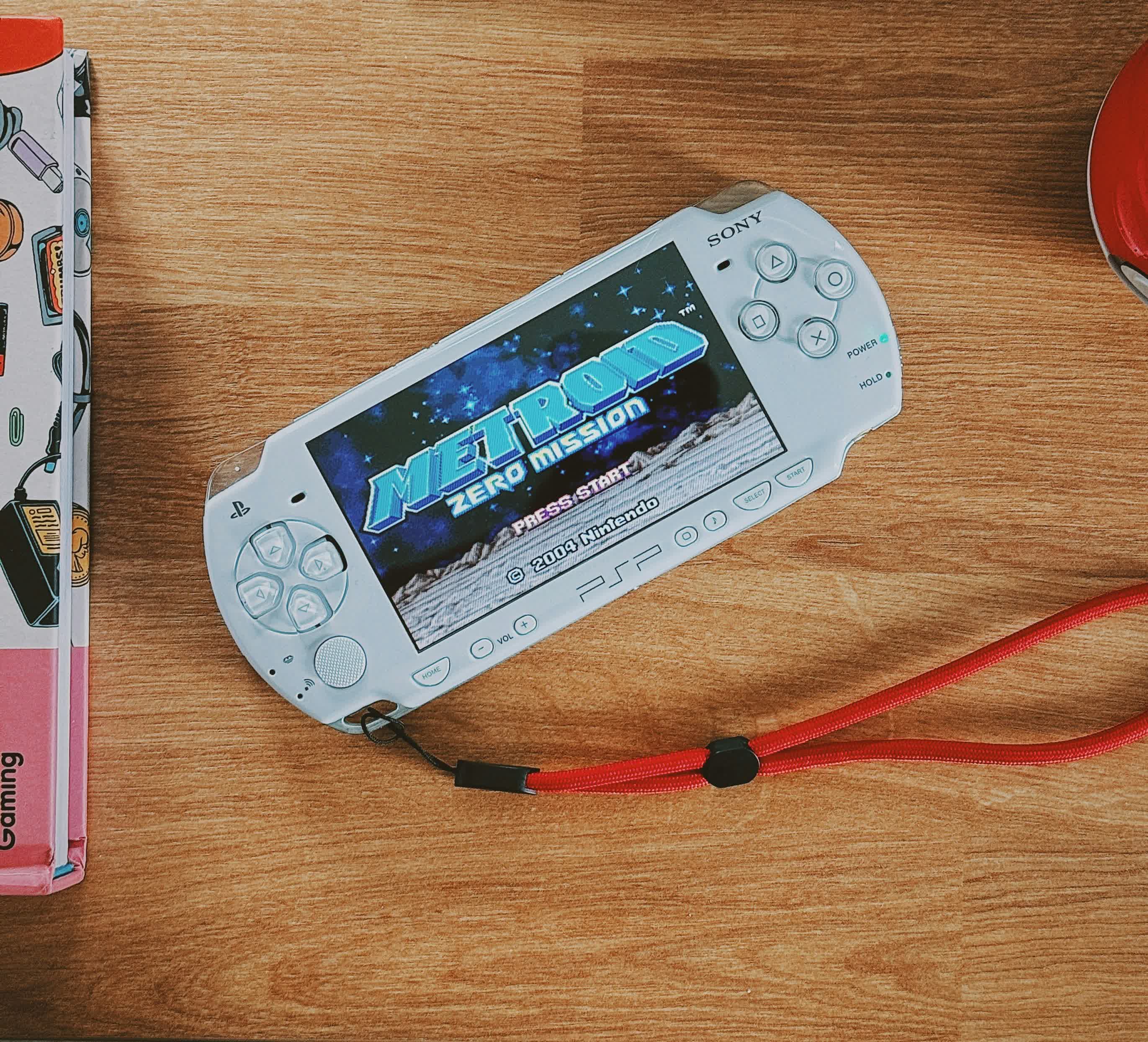Something to look forward to: Gamescom 2024 just wrapped up, and Insider Gaming’s Tom Henderson had some interesting insights and opinions regarding Sony’s future in the handheld gaming market. For those considering purchasing a portable console, Henderson said, “Save your money a little longer.”
His tweet was about the many improvements he saw at Gamescom that would be coming to portables from manufacturers like Asus, MSI, and Valve. However, someone asked him if there were any hints that Sony would release a “dedicated” handheld.
Henderson says that the success of the PlayStation Portal has led Sony to start paying close attention to the portable gaming market. While his opinion on the matter doesn’t mean that Sony is working on a new handheld, it does remind us that it is past due for a true PlayStation-branded handheld. The Portal is fine for someone who already owns a PS5, but it’s not an attractive proposition for someone looking for a standalone portable game player.
Almost everyone at Gamescom gave interesting hardware discussions about handhelds. My hunch is that you should save your money a little longer if you’re planning to buy one. It seems like a lot more options and improvements are coming soon (not sure on exact timelines).
– Tom Henderson (@_Tom_Henderson_) August 25, 2024
The PlayStation Portal was very successful and they are paying very close attention to the current handheld market 🙂
– Tom Henderson (@_Tom_Henderson_) August 25, 2024
Sony’s relationship with handhelds has been almost a sidenote in the company’s history. The PlayStation Portable, better known as the PSP, launched in 2004 for $250 and was a great albeit expensive alternative to Nintendo’s $100 Game Boy Advance, which launched a few years before. Sony spent much time and money improving the PSP with no fewer than three hardware iterations over its 10-year run. It also produced two spin-offs of the PSP – the PSP Go and the PSP Street – but both suffered from a lack of interest.
The PlayStation Vita came along in 2011 but did not attract as much attention from PlayStation fans. Its lackluster sales were a direct result of the $250 machine finding itself in competition with an entirely new (to Sony) category of gaming device–the smartphone. Everyone had a phone, and the games for them were much cheaper than Sony’s Vita titles. Regardless, the Vita held its own for eight years, but Sony only updated the hardware once.
While Sony enjoyed overlapping sales of the PSP and Vita between 2011 and 2014, it had no replacement planned when it discontinued the Vita in 2019, leaving the company with no foothold in the portable gaming market for four years. It wasn’t until mid-spring 2023 that Sony finally announced “Project Q,” subsequently released as the PlayStation Portal last year.

Unlike the PSP and Vita, the Portal was not a standalone game player. Instead, Sony decided to make it a PlayStation 5 accessory. The Portal was essentially a PS5 controller with a secondary display attached. In other words, the $200 device streams content from a $500 PlayStation console wirelessly rather than having a built-in disc or cartridge reader, making the cost of entry $700. It was a considerable risk on many levels.
Having been a long-time Remote Play user, I was unconvinced that Portal had a shot at selling. Since its inception in 2006, Remote Play was never a great alternative to playing games natively, even with high-speed internet. Latency was always an issue, and stuttery performance also hampered the experience.
However, in the lead-up to the Portal’s release, I noticed that Sony had significantly improved Remote Play. While it is still sketchy when trying to play over the internet from another location, it runs smoothly when the two devices run on the same network.

This performance enhancement is likely because Sony quietly added a quasi-ad-hoc mode to the Remote Play app. While the company has never mentioned this feature, I recently confirmed it exists when using Remote Play on my MacBook. The internet went out, but the game continued as if nothing was wrong. In the past, no internet meant no Remote Play.
Still, even with the improvements to the app, players are tethered to their console, which is not ideal for PS5 owners and is a deal breaker for everyone else. With an entirely new handheld market just starting to gear up for war, it might be the right time for Sony to make a move and offer a portable alternative that suits everyone, not just PS5 owners.




